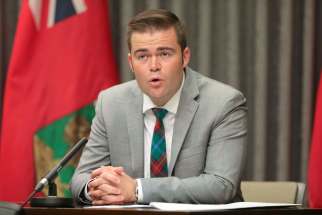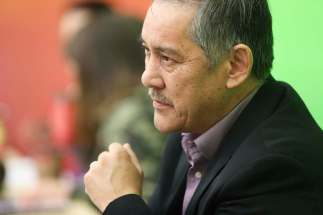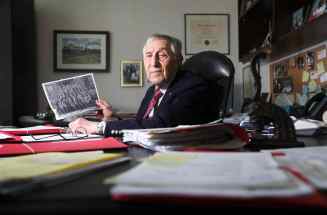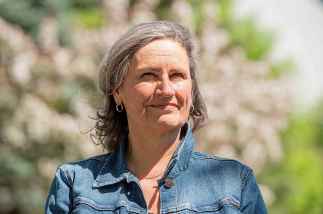Indigenous Manitobans do the heavy lifting to beat down COVID-19
Read this article for free:
or
Already have an account? Log in here »
To continue reading, please subscribe:
Monthly Digital Subscription
$0 for the first 4 weeks*
- Enjoy unlimited reading on winnipegfreepress.com
- Read the E-Edition, our digital replica newspaper
- Access News Break, our award-winning app
- Play interactive puzzles
*No charge for 4 weeks then price increases to the regular rate of $19.00 plus GST every four weeks. Offer available to new and qualified returning subscribers only. Cancel any time.
Monthly Digital Subscription
$4.75/week*
- Enjoy unlimited reading on winnipegfreepress.com
- Read the E-Edition, our digital replica newspaper
- Access News Break, our award-winning app
- Play interactive puzzles
*Billed as $19 plus GST every four weeks. Cancel any time.
To continue reading, please subscribe:
Add Free Press access to your Brandon Sun subscription for only an additional
$1 for the first 4 weeks*
*Your next subscription payment will increase by $1.00 and you will be charged $16.99 plus GST for four weeks. After four weeks, your payment will increase to $23.99 plus GST every four weeks.
Read unlimited articles for free today:
or
Already have an account? Log in here »
Hey there, time traveller!
This article was published 28/05/2021 (1655 days ago), so information in it may no longer be current.
Sagkeeng First Nation went into a lockdown on May 12 in response to 20 new cases of COVID-19 in the community of 3,500 citizens.
Of urgent concern was that seven cases involved more transmissible variants of the virus.
“We definitely have to contain this,” Chief Derrick Henderson said when he made the announcement. “We can only flatten the curve by people not being mobile in the community.”
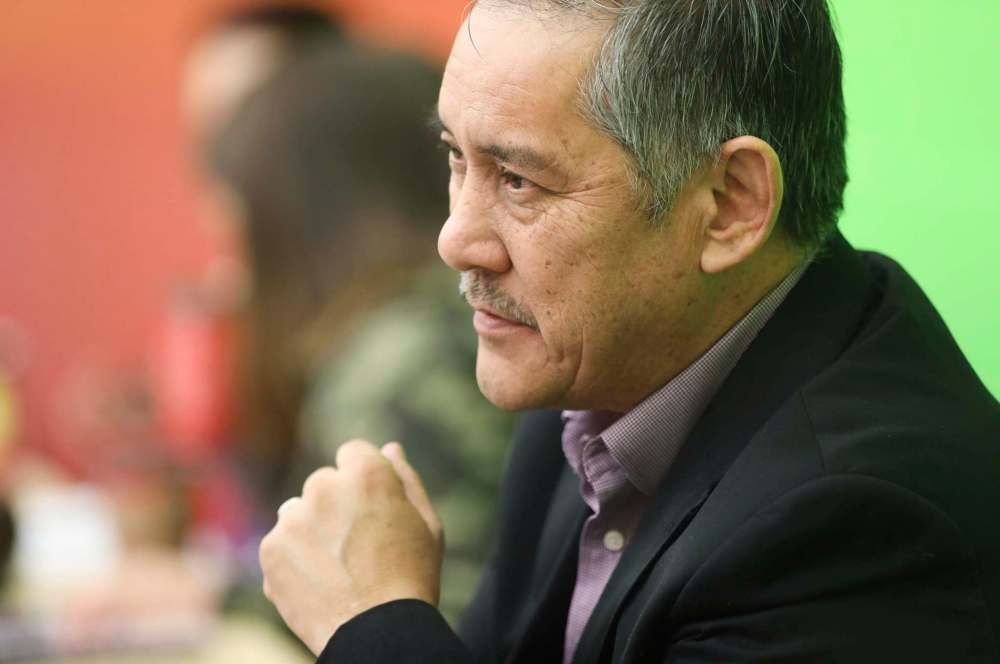
Strict road checkpoints were established and no one could travel without a pass. Off-reserve visitors were banned. Around 200 employees were given permission to go to work.
Hours for essential businesses were reduced and non-essential businesses closed immediately. Residents were told they had to shop for groceries and visit vaccination clinics on scheduled, two-day “relaxed” periods.
In-person religious and cultural events were no longer permitted. Schools and school activities were closed as virtually everything went online.
Even parents who share custody had to make “alternative plans” to see their children.
Even parents who share custody had to make “alternative plans” to see their children.
The measures seemed to have worked. On Thursday, there were only two new COVID-19 cases; and there were just five over the previous three days.
This is a perfect example of how COVID-19 has been handled by First Nations in Manitoba — through sacrifice and a commitment to health and safety.
Some might see these as limitations on people’s rights and freedoms — and they’re probably right — but it’s hard to argue with success and saving lives.
Considering the disaster the Manitoba government has created during this pandemic by choosing the economy over safety, profit over people, and ignoring the obvious ways COVID-19 spreads, one might say First Nations governments get it, while Brian Pallister and his cabinet doesn’t.
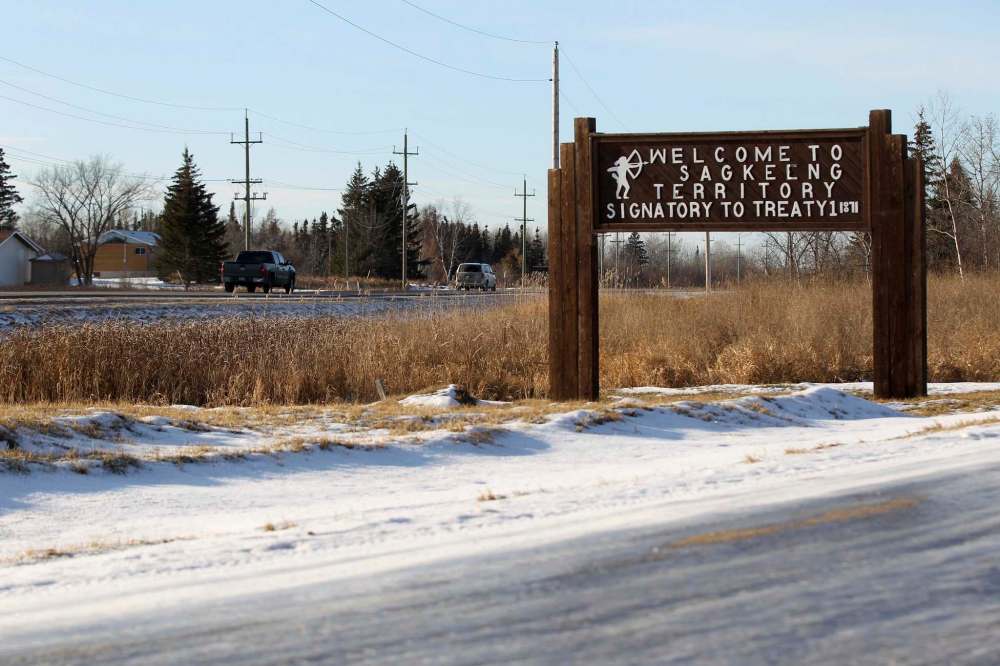
What Sagkeeng did next is more evidence. Instead of announcing the loosening of restrictions, Sagkeeng chief and council reminded citizens the lockdown will continue until June 14 and everyone would have to wait until the “relaxed” period (June 2-3) to re-stock.
Like Peguis First Nation, which has had the disease under control for months, and Opaskwayak Cree Nation, which has a minor outbreak, only an ongoing, serious commitment to control movement, maintain social distancing, and deliver an efficient vaccine rollout will contain COVID-19.

Then there’s the issue of vaccine hesitancy.
In late April, Sagkeeng chief and council announced that after vaccinating 900 of its citizens, the rollout had plateaued. About 200 doses were set to expire, so the community offered those doses to teachers and workers in nearby Powerview.
Now, with two more weeks of lockdown in Sagkeeng, hopefully those hesitant to get the vaccine will get it.
Vaccine hesitancy makes sense among Indigenous peoples because they have tons of reasons to be suspicious of Canada’s health-care system.
The recent inquiry of Joyce Echaquan’s death in a Quebec hospital, and last week’s allegation that B.C. social workers convinced doctors to put IUDs in Indigenous girls as young as 10, are reasons enough to distrust Canada’s health officials.
The problem is that COVID-19 doesn’t care who you are or what your history is; it just infects whomever it can, and thrives on people whose health is compromised, who live in poverty, and have a lack of resources.
In other words: Indigenous peoples, who continue to make up 30 per cent of all new cases in Manitoba.
Vaccines are the main weapon in ending this pandemic and I hope every Indigenous person gets their doses. I will go for my second dose next week.
And, while some Indigenous peoples are suspicious of vaccines, what about the other 70 per cent of non-Indigenous cases? Where does this majority come from?
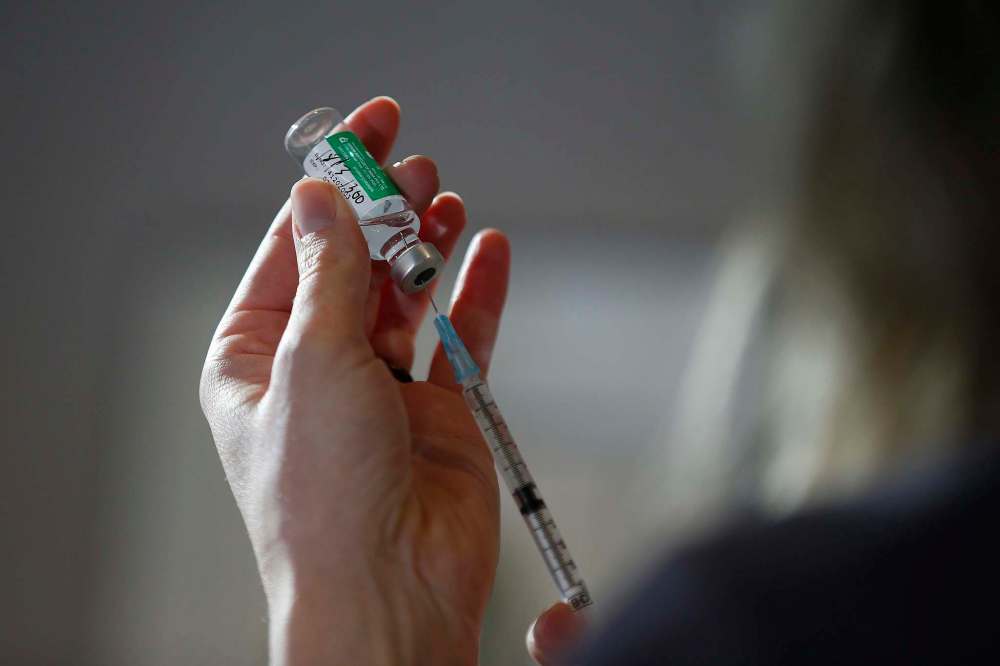
Indigenous vaccine hesitancy may, in fact, be overblown. On Thursday, data from Manitoba reported that six First Nations (Cross Lake, Norway House, Wasagamack, Garden Hill, St. Theresa Point and Red Sucker Lake) are the only communities in Manitoba with a vaccination rate — for first doses — that’s higher than 80 per cent.
In the Top 10, alongside Gimli (69.8 per cent) and Pinawa (69.5 per cent), are Bunibonibee (Oxford House), Manto Sipi (God’s River), and God’s Lake (collectively at 67.2 per cent).
The data shows that those in last are southern communities such as Steinbach (34.4 per cent), Altona (33.5 per cent), and Winkler (21.5 per cent) — all of which are eligible for a vaccine.
No doubt this is partly due to the province’s porous rollout, but it’s interesting that some of Manitoba’s most privileged, conservative, mostly non-Indigenous and Christian southern communities have so little vaccine uptake.
As we continue to face restrictions, it’s worth considering who is making sacrifices — and who isn’t.
niigaan.sinclair@freepress.mb.ca

Niigaan Sinclair is Anishinaabe and is a columnist at the Winnipeg Free Press.
Our newsroom depends on a growing audience of readers to power our journalism. If you are not a paid reader, please consider becoming a subscriber.
Our newsroom depends on its audience of readers to power our journalism. Thank you for your support.


